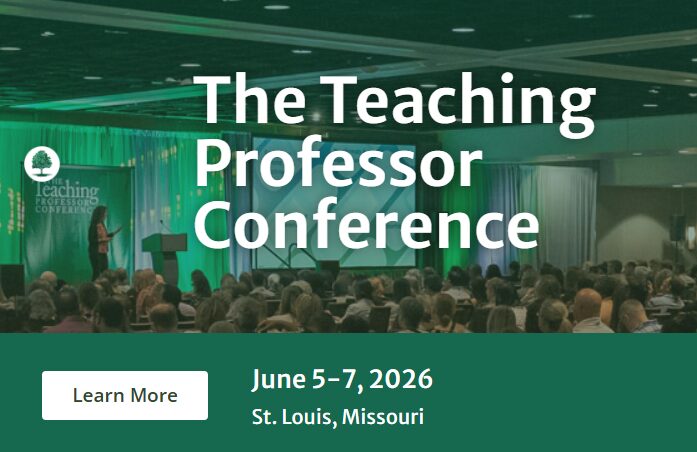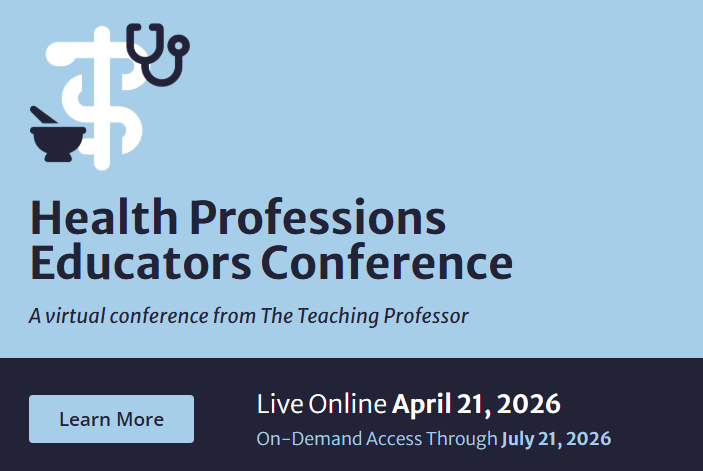
We Can Do Better Than “Best Practices”
Back in 2008, I took part in a national task force whose goal was to plan for the future of the teaching of psychology. I led a group of faculty considering how teaching methods and approaches would change and evolve. As an opening activity,











